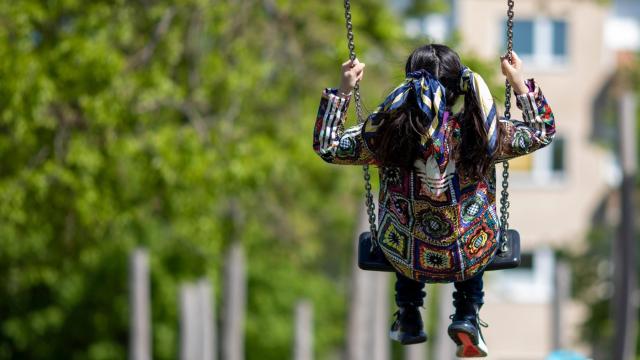The odds of a child in the United States being diagnosed with autism spectrum disorder have risen once again, new data from the Centres for Disease Control and Prevention suggests. According to their report out this week, about one in 44 children were expected to be diagnosed with autism by age 8 in 2018, a rate higher than previous estimates. The increase, many experts say, is likely tied to greater awareness of the condition among doctors and families, but the findings do reflect that some children living with autism may not be getting the support and recognition they need.
Autism spectrum disorder, or ASD, is a complex developmental condition. Symptoms tend to include difficulties in social communication, learning, and sensory perception, but these can range widely in their level of associated disability. The condition should not be considered synonymous with having an intellectual disability, advocates in the community note, though those with more severe autism may have both.
The CDC tracks the prevalence of ASD via their Autism and Developmental Disabilities Monitoring Network. They rely on studying the medical and special education records of 4- and 8-year-old children living in one of 11 regions scattered throughout the country, including parts of California, Missouri, New Jersey.
Their latest report, which covers 2018, found that 1 in 44 (2.3%) children in these communities were diagnosed with ASD by age 8, which is up from the 1 in 54 children previously reported in 2016. But this prevalence was different from region to region. In California, 1 in 26 children were diagnosed with ASD, compared to 1 in 60 children in Missouri. Eight-year-old boys were four times more likely to be diagnosed with ASD than girls. There were no major differences in overall prevalence between Black or white children at age 8, but Hispanic children were less likely to be diagnosed than either group.
The exact causes of ASD are still being studied, but genetics are thought to play a key role. Other environmental factors may include parental age, air pollution exposure, and premature birth. And it’s possible that some mix of these factors increasing over time may be partly accounting for the rise in reported ASD cases seen in the U.S. and elsewhere since the 1990s. But changes in how we diagnose and look for cases of ASD are probably the major reason behind the increase.
In the early 1990s, for instance, the diagnostic criteria for autism was expanded by the American Psychiatric Association to cover a wider range of presentations. This criteria was further revised in 2013, with the release of the DSM V. Since the 2000s, the American Academy of Pediatrics also began recommending that doctors screen all children for ASD as early as 18 months age, which may have led to a greater recognition of cases (and it’s possible screening can be useful even earlier). Lastly, different organisations use different methods of estimating the prevalence of ASD in the population, which can produce higher estimates than others.
There do seem to be some positive developments for children with ASD, the CDC notes. For instance, the number of children being diagnosed with ASD by age 4 is rising. That’s important because early detection tends to lead to better support for these children, including dedicated special education and skill-building programs. But the gap in prevalence between some states also indicates that some families aren’t getting enough opportunities for screening.
“There continue to be many children with ASD who need services and support, both now and as they grow into adolescence and adulthood. Efforts to ensure that all children with ASD are evaluated and diagnosed as early as possible can help them be connected to the services they need,” the CDC authors wrote.
